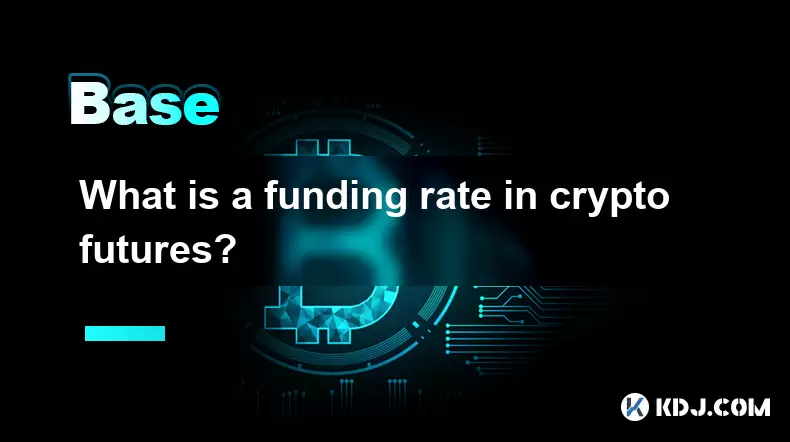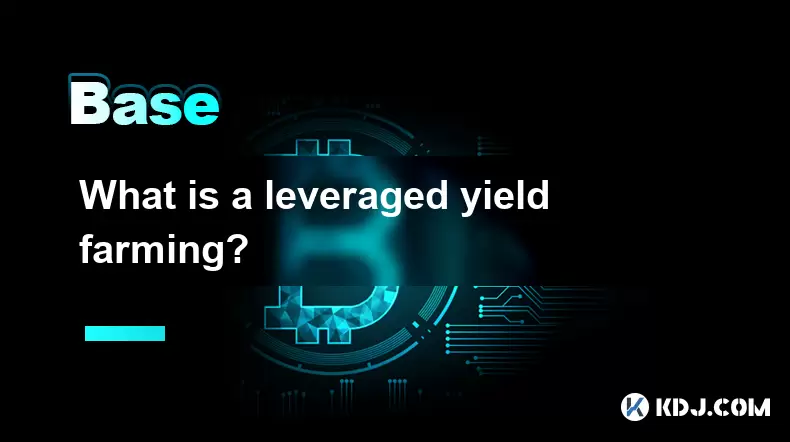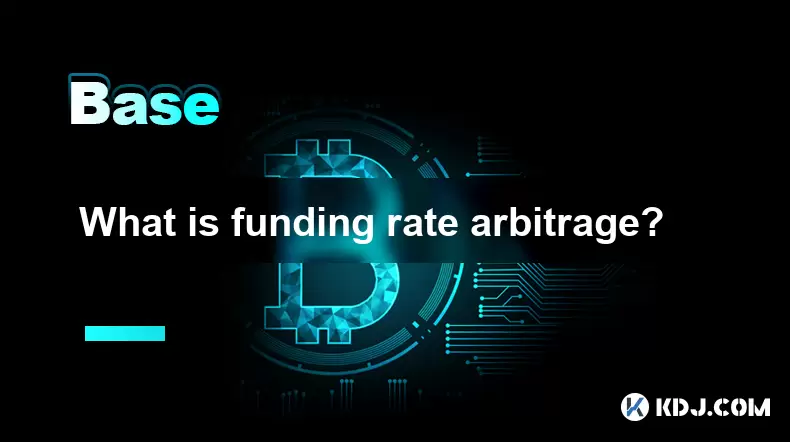-
 Bitcoin
Bitcoin $108,043.3894
-1.71% -
 Ethereum
Ethereum $2,519.1878
-3.09% -
 Tether USDt
Tether USDt $1.0004
-0.01% -
 XRP
XRP $2.2231
-2.72% -
 BNB
BNB $655.3607
-1.06% -
 Solana
Solana $148.3620
-2.84% -
 USDC
USDC $1.0000
0.00% -
 TRON
TRON $0.2838
-0.37% -
 Dogecoin
Dogecoin $0.1648
-4.79% -
 Cardano
Cardano $0.5759
-3.97% -
 Hyperliquid
Hyperliquid $38.4598
-5.19% -
 Sui
Sui $2.9005
-4.22% -
 Bitcoin Cash
Bitcoin Cash $481.1531
-3.80% -
 Chainlink
Chainlink $13.1936
-4.50% -
 UNUS SED LEO
UNUS SED LEO $9.0471
0.41% -
 Avalanche
Avalanche $17.9444
-4.20% -
 Stellar
Stellar $0.2378
-2.60% -
 Toncoin
Toncoin $2.7850
-3.38% -
 Shiba Inu
Shiba Inu $0.0...01148
-3.75% -
 Litecoin
Litecoin $87.3159
-3.73% -
 Hedera
Hedera $0.1557
-3.02% -
 Monero
Monero $314.0980
-1.98% -
 Polkadot
Polkadot $3.3909
-5.10% -
 Dai
Dai $1.0001
0.00% -
 Ethena USDe
Ethena USDe $1.0002
-0.02% -
 Bitget Token
Bitget Token $4.4147
-3.74% -
 Uniswap
Uniswap $6.9933
-9.59% -
 Pepe
Pepe $0.0...09661
-6.72% -
 Aave
Aave $264.1417
-6.16% -
 Pi
Pi $0.4705
-5.23%
What is a funding rate in crypto futures?
Funding rates in crypto futures help align contract prices with spot prices, ensuring market efficiency by incentivizing traders to correct price deviations.
Jul 03, 2025 at 11:28 pm

Understanding Funding Rates in Crypto Futures
In the world of crypto futures trading, the term "funding rate" plays a crucial role, especially for traders who hold positions overnight or over extended periods. The funding rate is a periodic payment made to either long or short traders based on the difference between the futures price and the spot price of an asset. This mechanism helps keep the price of futures contracts aligned with the actual market price of the underlying cryptocurrency.
Funding rates are typically exchanged every 8 hours, though this interval can vary depending on the exchange. If the funding rate is positive, long position holders pay shorts, and if it’s negative, shorts pay longs.
How Are Funding Rates Calculated?
The calculation of the funding rate involves two primary components: the interest rate differential and the premium component. While the interest rate part is often minimal in crypto due to the absence of traditional interest structures, the premium component is what significantly affects the final funding rate.
Each exchange uses its own method to calculate funding rates, but most rely on comparing the futures price with the index price (a composite of spot prices across major exchanges). Some platforms also factor in a small fixed rate tied to risk-free interest benchmarks like the U.S. Treasury yield.
- Interest Rate Component: Usually negligible in crypto markets
- Premium Component: Reflects the deviation between futures and spot prices
- Exchange-Specific Adjustments: May include volatility indicators or liquidity measures
Why Do Funding Rates Exist?
The main purpose of the funding rate is to prevent the price of futures contracts from drifting too far away from the spot market. In perpetual futures contracts, which don’t have an expiration date, there's a risk that the contract could become misaligned with real-time market conditions.
By implementing funding rates, exchanges create a self-correcting system where traders holding positions must account for these recurring costs. This dynamic encourages traders to push the futures price closer to the spot price, thereby maintaining market efficiency.
Without funding rates, perpetual futures would not be sustainable as they’d lose their correlation with the underlying asset’s current value.
Impact of Funding Rates on Traders
For traders, especially those involved in leveraged trading, understanding funding rates is essential. Holding a position past a funding timestamp means being charged or receiving a payment based on the prevailing rate. Over time, these payments can accumulate and significantly affect profitability.
Long-term traders need to monitor the average funding rate of a particular asset. For example, assets like Bitcoin or Ethereum may have relatively stable funding rates, while more volatile altcoins might experience erratic swings.
- Positive Funding Rate: Long traders pay shorts
- Negative Funding Rate: Shorts pay longs
- High Volatility: Can lead to sudden spikes in funding costs
Where to Find Funding Rates?
Most major cryptocurrency exchanges publish funding rates directly on their platforms. These are usually visible near the futures trading interface or within the contract details section.
Traders can also find historical funding rate data through third-party analytics tools or directly from exchange APIs. Monitoring these rates before entering a trade can help manage expectations regarding holding costs.
- Binance: Displays upcoming funding times and rates on the futures dashboard
- Bybit: Shows funding rate history for each contract
- Deribit: Offers API access to real-time funding data
Frequently Asked Questions
Can funding rates be predicted accurately?
Funding rates depend on market conditions such as price volatility and open interest. While some patterns may emerge, especially around major news events or macroeconomic shifts, precise prediction is difficult. Exchanges often update funding rates dynamically based on real-time data.
Do all crypto futures contracts have funding rates?
No, only perpetual futures contracts use funding rates. Traditional futures contracts, which have set expiration dates, do not require them because the price naturally converges to the spot price at settlement.
Are funding rates applied immediately after a trade is opened?
Funding rates are applied at specific intervals, usually every 8 hours. If a trader opens and closes a position before the next funding timestamp, no funding fee will be incurred.
How do funding rates affect arbitrage opportunities?
When the funding rate is high, arbitrageurs may enter the market to take advantage of the imbalance between futures and spot prices. Their actions tend to stabilize the funding rate by bringing the two prices closer together.
Disclaimer:info@kdj.com
The information provided is not trading advice. kdj.com does not assume any responsibility for any investments made based on the information provided in this article. Cryptocurrencies are highly volatile and it is highly recommended that you invest with caution after thorough research!
If you believe that the content used on this website infringes your copyright, please contact us immediately (info@kdj.com) and we will delete it promptly.
- Bitcoin's Pattern Break: Are HODLers the Key to the Next Surge?
- 2025-07-04 18:50:12
- Bitcoin Price, Trump's Bill, and the $150K Dream: A NYC Take
- 2025-07-04 19:50:12
- Ethereum, LILPEPE, and the July Bounce: Will Pepe Steal ETH's Thunder?
- 2025-07-04 19:10:12
- Binance Institutional Loans: Unlocking 4x Leverage and Zero Interest for Whales
- 2025-07-04 19:15:12
- Bitcoin Bull Run: Analysts Eye Peak in Late 2025?
- 2025-07-04 19:20:13
- Pepe Indicators, Bullish Forecast: Can the Meme Coin Rally?
- 2025-07-04 19:25:12
Related knowledge

What is a user-generated content (UGC) NFT platform?
Jul 04,2025 at 01:49pm
Understanding the Concept of a UGC NFT PlatformA user-generated content (UGC) NFT platform is a digital marketplace or ecosystem where users can create, mint, and trade non-fungible tokens (NFTs) that represent ownership of original digital content they produce. Unlike traditional NFT platforms where creators often include professional artists or develo...

What is a token generation event (TGE)?
Jul 04,2025 at 07:14am
Understanding the Basics of a Token Generation Event (TGE)A Token Generation Event (TGE) refers to the process through which a blockchain project creates and distributes its native tokens to investors, participants, or stakeholders. This event is often associated with new cryptocurrency projects launching on platforms like Ethereum, Binance Smart Chain,...

What is a block explorer API?
Jul 04,2025 at 05:07am
Understanding the Role of a Block Explorer APIA block explorer API is a crucial interface that enables developers and users to interact programmatically with blockchain data. Unlike traditional APIs used in web services, a block explorer API specifically provides access to blockchain-related information such as transaction details, wallet balances, bloc...

What is a leveraged yield farming?
Jul 04,2025 at 09:36am
Understanding Leveraged Yield FarmingLeveraged yield farming is a more advanced form of yield farming, which itself is a popular method in the decentralized finance (DeFi) ecosystem to earn returns by providing liquidity to various protocols. In traditional yield farming, users deposit tokens into a DeFi platform and earn rewards in return, often in the...

What is open interest in derivatives?
Jul 03,2025 at 02:49pm
Understanding Open Interest in DerivativesOpen interest is a critical metric used in the cryptocurrency derivatives market, particularly when analyzing futures and options contracts. It represents the total number of outstanding contracts that have not been settled or closed by either party involved. Unlike trading volume, which counts all trades made i...

What is funding rate arbitrage?
Jul 04,2025 at 11:43am
Understanding Funding Rate Arbitrage in the Cryptocurrency MarketFunding rate arbitrage is a trading strategy employed by crypto traders to exploit differences in funding rates across various perpetual futures exchanges. In perpetual contracts, funding rates are periodic payments made between long and short traders depending on whether the price of the ...

What is a user-generated content (UGC) NFT platform?
Jul 04,2025 at 01:49pm
Understanding the Concept of a UGC NFT PlatformA user-generated content (UGC) NFT platform is a digital marketplace or ecosystem where users can create, mint, and trade non-fungible tokens (NFTs) that represent ownership of original digital content they produce. Unlike traditional NFT platforms where creators often include professional artists or develo...

What is a token generation event (TGE)?
Jul 04,2025 at 07:14am
Understanding the Basics of a Token Generation Event (TGE)A Token Generation Event (TGE) refers to the process through which a blockchain project creates and distributes its native tokens to investors, participants, or stakeholders. This event is often associated with new cryptocurrency projects launching on platforms like Ethereum, Binance Smart Chain,...

What is a block explorer API?
Jul 04,2025 at 05:07am
Understanding the Role of a Block Explorer APIA block explorer API is a crucial interface that enables developers and users to interact programmatically with blockchain data. Unlike traditional APIs used in web services, a block explorer API specifically provides access to blockchain-related information such as transaction details, wallet balances, bloc...

What is a leveraged yield farming?
Jul 04,2025 at 09:36am
Understanding Leveraged Yield FarmingLeveraged yield farming is a more advanced form of yield farming, which itself is a popular method in the decentralized finance (DeFi) ecosystem to earn returns by providing liquidity to various protocols. In traditional yield farming, users deposit tokens into a DeFi platform and earn rewards in return, often in the...

What is open interest in derivatives?
Jul 03,2025 at 02:49pm
Understanding Open Interest in DerivativesOpen interest is a critical metric used in the cryptocurrency derivatives market, particularly when analyzing futures and options contracts. It represents the total number of outstanding contracts that have not been settled or closed by either party involved. Unlike trading volume, which counts all trades made i...

What is funding rate arbitrage?
Jul 04,2025 at 11:43am
Understanding Funding Rate Arbitrage in the Cryptocurrency MarketFunding rate arbitrage is a trading strategy employed by crypto traders to exploit differences in funding rates across various perpetual futures exchanges. In perpetual contracts, funding rates are periodic payments made between long and short traders depending on whether the price of the ...
See all articles

























































































